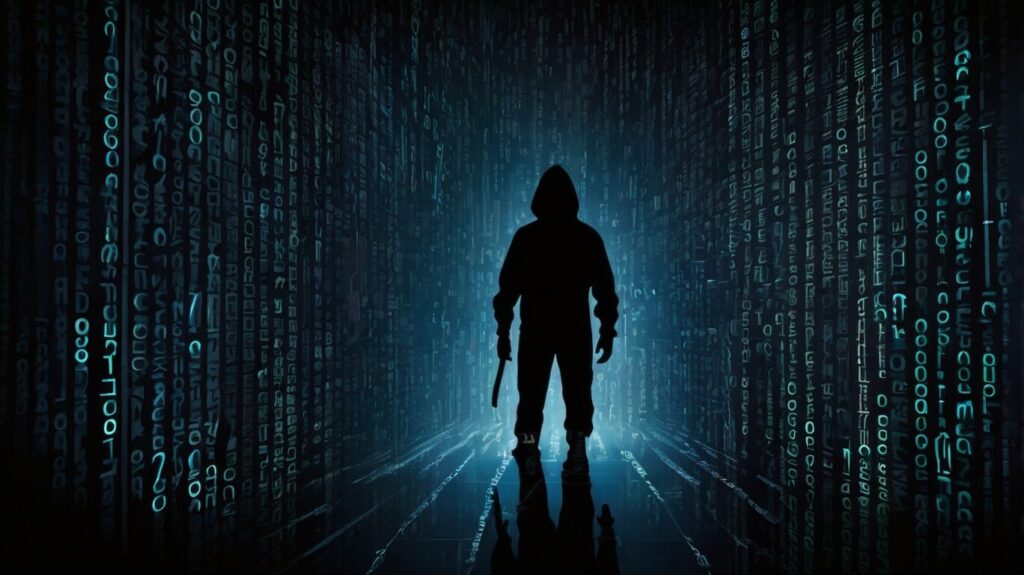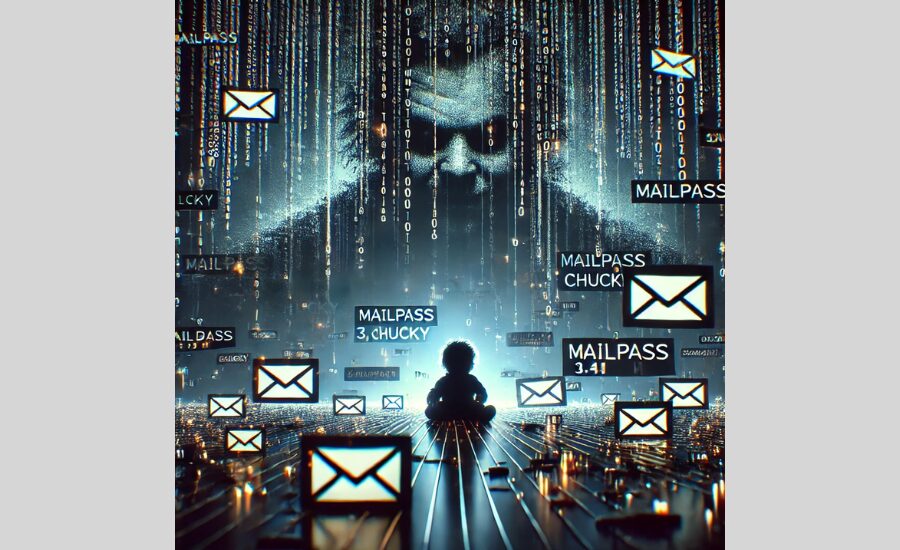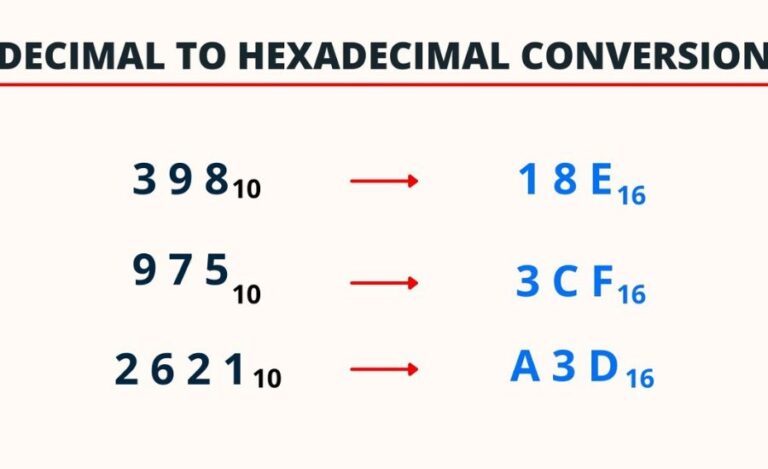Mailpass 3.4m Chucky Data Breach, Scope of the Breach & More
Introduction
The Mailpass 3.4M Chucky statistics breach has emerged as a pivotal moment in the cybersecurity landscape, underscoring critical weaknesses in e mail security and elevating critical worries approximately information privacy. This unprecedented breach uncovered sensitive statistics from tens of millions of consumer accounts, serving as a stark reminder of the developing threats posed through cybercriminals in these days’s interconnected virtual world.
This incident highlights the urgent need for sturdy cybersecurity measures and has sparked huge discussions about the position of email service providers in safeguarding person records. It calls into query whether or not cutting-edge protocols are sufficient to guard in opposition to increasingly state-of-the-art cyberattacks.
In this analysis, we’ll unpack the origins and scale of the Mailpass three.4M breach, delving into how attackers performed this operation and how it affected victims. Additionally, we’ll compare Mailpass’s response to the crisis and check its broader effect on electronic mail security practices. Finally, we’ll outline actionable steps that each individuals and companies can adopt to enhance their resilience in opposition to comparable threats.
By the give up of this discussion, readers will gain a deeper information of this alarming cyber occasion and its some distance-reaching implications for on line protection within the virtual age.
The Mailpass 3.4M Chucky Data Breach: A Deep Dive

The Mailpass three.4M Chucky leak has emerged as a primary cybersecurity difficulty, exposing vital vulnerabilities in email structures and underscoring the risks of data breaches within the virtual age. This event has intensified discussions around e mail safety, the protection of user information, and the obligations of carrier vendors in defensive touchy statistics.
What Is the “Chucky” Leak?
The name “Chucky” associated with this breach has drawn large attention. While the exact motive for this nickname is doubtful, it may reference the notorious horror movie person, symbolizing the sinister nature of the breach and its impact.
Scope of the Breach
This leak affected approximately three.Four million electronic mail money owed, exposing sensitive information together with usernames, passwords, and probably other private facts. Such a massive statistics exposure has raised alarms about the growing risks of identity robbery, fraud, and exploitation of stolen credentials.
How Was the Leak Discovered?
The breach became identified by using cybersecurity researchers and ethical hackers who display underground forums and darkish web marketplaces for suspicious interest. It got here to mild while large statistics sets containing leaked credentials had been posted on the market, prompting investigations into the breach’s origins and volume.
The Hacker’s Tactics and Motives

Motivations Behind the Breach
Cybercriminals often target large-scale email providers for financial gain or notoriety. The data can be sold on illicit platforms, used for identity theft, or exploited in phishing campaigns. The sheer scale of this breach suggests a significant financial or reputational motivation.
Methods Employed
While the exact techniques remain undisclosed, common tactics used in breaches of this nature include:
- Exploiting software vulnerabilities: Taking advantage of weak points in email systems.
- Social engineering: Manipulating users or employees into revealing credentials.
- Phishing campaigns: Deploying deceptive emails to gain unauthorized access.
Hacker Communication
In some cases, attackers may issue statements or demands on dark web forums. However, these communications are often unreliable and may aim to mislead authorities or amplify their infamy.
How Mailpass Responded

Immediate Actions
Mailpass acted quickly to address the breach, notifying affected users and authorities. Transparency has been a key part of their crisis response, with public statements outlining steps to mitigate risks.
Security Enhancements
Mailpass has conducted extensive audits of its systems, patched vulnerabilities, and implemented stronger encryption and authentication protocols. These measures aim to prevent future breaches and restore user confidence.
Support for Users
To support impacted users, Mailpass has provided resources such as mandatory password resets, two-factor authentication (2FA) guidance, and credit monitoring services. These efforts are designed to help users secure their accounts and protect against further misuse of leaked information.
The Future of Email Security
Leveraging Emerging Technologies
- Behavioral Analytics: Advanced systems that screen user pastime to come across anomalies signaling capacity threats.
- AI-Driven Threat Detection: Generative AI can perceive sophisticated phishing attempts and train customers to apprehend them, improving safety focus.
Strengthening Security Protocols
- Email Authentication: Widespread adoption of protocols like SPF, DKIM, and DMARC can enhance sender verification and decrease e mail spoofing.
- Integrated Threat Response: Technologies like eXtended Detection and Response (XDR) provide comprehensive answers for detecting and addressing threats across all digital platforms.
User Education as a Defense
Ultimately, the human factor stays one of the weakest hyperlinks in cybersecurity. Effective person training programs, simulated phishing sporting events, and regular updates on rising threats can drastically reduce the dangers of breaches due to human error.

Facts:
Overview of the Breach
- Scale: Approximately 3.4 million email accounts were compromised.
- Sensitive Data Exposed: The breach revealed usernames, passwords, and potentially other personal information.
- Cybersecurity Concern: This breach exposed significant vulnerabilities in email systems and raised concerns about data privacy and security.
Discovery
- Detection: The leak was identified by cybersecurity researchers and ethical hackers monitoring dark web forums and underground marketplaces.
- Marketplace Posting: Large data sets containing leaked credentials were offered for sale, prompting investigations.
Hacker Activities and Methods
- Motivations: Cybercriminals likely targeted the email provider for financial gain or notoriety.
- Methods Used:
- Exploiting software vulnerabilities.
- Social engineering tactics to manipulate users or employees.
- Phishing campaigns to obtain unauthorized access.
- Hacker Communication: In some cases, hackers might issue statements or demands on dark web forums, though these are often unreliable.
Mailpass Response
- Initial Actions:
- Mailpass promptly notified affected users and relevant authorities.
- Public statements were issued to explain the breach and outline mitigation steps.
- Security Enhancements:
- Conducted extensive system audits to identify and fix vulnerabilities.
- Strengthened encryption and authentication protocols.
- User Support:
- Mandatory password resets and guidance on two-factor authentication (2FA).
- Provided credit monitoring services to affected users.
Implications for Email Security
- Emerging Technologies:
- Behavioral Analytics: Detects anomalies in user activity to identify potential threats.
- AI-Driven Detection: Uses generative AI to identify phishing attempts and train users.
- Strengthened Protocols:
- Increased adoption of email authentication protocols such as SPF, DKIM, and DMARC.
- Integration of eXtended Detection and Response (XDR) for comprehensive threat management.
- User Education:
- Training programs on phishing identification, secure email practices, and understanding cybersecurity risks.
These facts provide a concise summary of the critical information related to the Mailpass 3.4M Chucky data breach and its implications for cybersecurity.
Summary:
The Mailpass 3.4M Chucky data breach is a significant cybersecurity event affecting 3.4 million email accounts. The breach exposed usernames, passwords, and possibly additional personal information, highlighting vulnerabilities in email security systems. The breach was discovered by cybersecurity researchers monitoring dark web forums where the stolen data was offered for sale.
Cybercriminals leveraged common hacking tactics such as exploiting software vulnerabilities, social engineering, and phishing campaigns to access sensitive data. Mailpass responded by notifying users, enhancing security protocols, and providing support such as password resets, two-factor authentication guidance, and credit monitoring services.
This breach emphasizes the importance of robust security measures, the adoption of advanced technologies like behavioral analytics and AI-driven threat detection, and increased user education to mitigate risks. The event raises serious questions about the adequacy of current email security protocols and the responsibilities of service providers in safeguarding user information.
FAQs:
1. What is the Mailpass 3.4M Chucky data breach?
It refers to a massive cybersecurity incident where 3.4 million email accounts were compromised, exposing sensitive data such as usernames, passwords, and potentially other personal information.
2. Why is it called the “Chucky” data breach?
The nickname “Chucky” is likely a reference to the sinister nature of the breach, possibly inspired by the infamous horror movie character, symbolizing the threat it posed.
3. What type of information was leaked?
The breach exposed usernames, passwords, and possibly additional personal or sensitive data.
4. How was the breach discovered?
Cybersecurity researchers and ethical hackers identified the breach while monitoring dark web marketplaces where the stolen data was being sold.
5. What methods did the hackers use?
The attackers likely used a combination of:
- Exploiting software vulnerabilities.
- Social engineering techniques.
- Phishing campaigns to gain unauthorized access.
6. What actions did Mailpass take in response?
Mailpass promptly:
- Notified affected users and authorities.
- Conducted security audits and patched vulnerabilities.
- Strengthened encryption and authentication protocols.
- Provided support like mandatory password resets, two-factor authentication guidance, and credit monitoring services.
7. How can users protect themselves after this breach?
Users should:
- Reset their passwords immediately and ensure they are strong and unique.
- Enable two-factor authentication (2FA) for their accounts.
- Monitor their accounts for unusual activity.
- Use credit monitoring services to detect potential identity theft.
8. What does this breach mean for email security?
The breach underscores the need for stronger security measures, such as adopting email authentication protocols (SPF, DKIM, DMARC), utilizing behavioral analytics and AI for threat detection, and educating users to recognize phishing attempts.
9. What are some long-term implications of this breach?
The incident highlights the growing sophistication of cybercriminals and the critical need for email service providers to continuously improve their security measures to safeguard user information against evolving threats.
10. What can companies do to prevent similar breaches?
Organizations can:
- Regularly audit and update their security systems.
- Invest in advanced cybersecurity technologies like XDR and AI-driven tools.
- Educate employees and users about cybersecurity best practices.
- Implement strong encryption and authentication protocols.
For more information About Anything visit Ideal Rular .com






